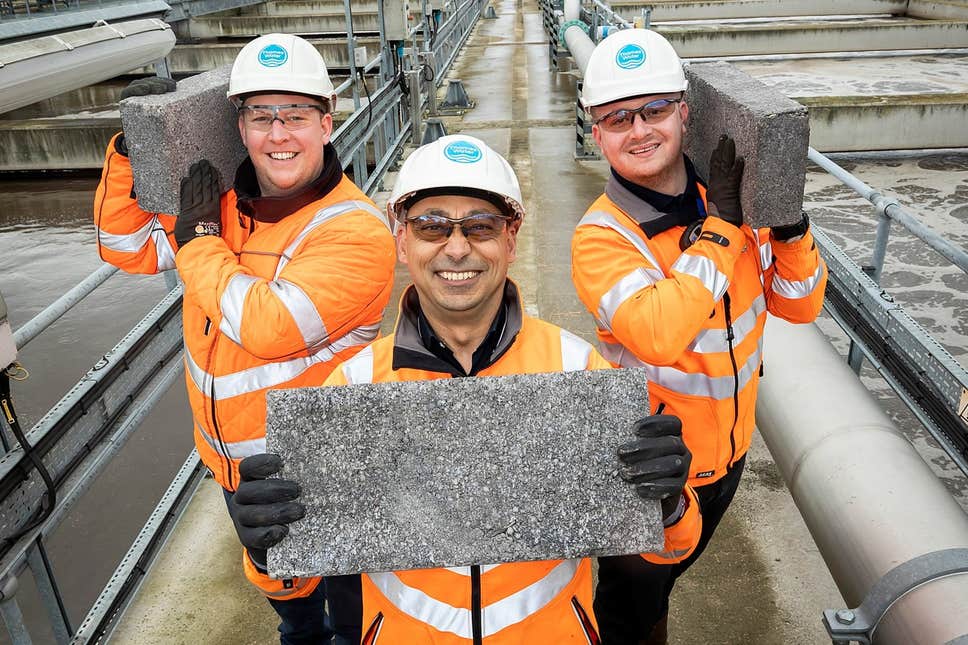Color Me Surprised
I began researching the uses of human excrement as a lark, thinking there might be some interesting material that would make people laugh. Yes, there are jokes to be made, which I’ve sprinkled throughout. But I was surprised to learn about the wide-ranging applications of this abundant natural resource…
Jump to Top 10 List – Top 10 Benefits of Human Excrement
Medicinal Uses – Poop Transplants
Yeah, it’s a thing. A Fecal Microbiota Transplant, or FMT (I prefer the term Poop Transplant), takes healthy stool from a donor and places it inside the colon of an unhealthy person. Good microbes help eliminate or regulate bad microbes.
What does it treat?
A bacterial infection abbreviated CDI affects up to a half million people and kills close to 30,000 each year, according to the CDC. Poop transplants have been shown to be 85-90% effective. Most people recover from CDI after a single treatment.
Additionally, poop transplants are used experimentally to treat other gastrointestinal diseases, including colitis, constipation, and IBS, and Crohn’s disease. Experimentation on neurological conditions such as MS and Parkinson’s are also underway.
Poop Pills?

(photo source)
Historically, poop transplants (I smile every time I type that) have been administered via an enema or a procedure like a colonoscopy. Alternatively, capsules containing a freeze-dried poop donation (Yes, a Poop Pill) can be swallowed.
Next time someone tells you to “Eat S**t”, tell them: “Thanks for your concern, but I don’t have a gut problem.” Or see the next section, where you can direct them on how to donate their poop…
Give a Crap
Want to be a Poop Donor? Or need to find one? Not so easy for experimental treatments. But now there is a a public stool bank named OpenBiome at MIT. Screening processes are used to ensure healthy excrement.
Yellow Soup!
Ancient Chinese physician Li Shizhen used “Yellow Soup,” or “Golden Syrup,” containing fresh, dry, or fermented stool to treat abdominal diseases. Just add water, and down the hatch!

“Hey, Mom, my stomach hurts!”
Conversation overheard during the Ming Dynasty
“No problem, Son, I’ll warm up a bowl of Yellow Soup!”
“Uh, no worries, I’m feeling better already!”
Would you rather drink Yellow Soup, or just suffer from the disease?
Agriculture
I figured the primary use of human waste would be agriculture, especially in developing countries. And it’s true that a percentage of our sludge is processed into fertilizer. On a smaller scale, innovations to turn human excrement, or humanure, into compost via a manual but surprisingly hygienic process, is used to recycle 100% of this valuable product.
Night Soil
Historically, human excrement has been valued in countries like Japan, where the amount of fertilized soil was limited. The commodity called night soil was traded for food and other goods.

Landlords held rights to tenants’ solid waste, but tenants retained rights to their urine. As prices climbed, poorer farmers would steal human excrement, at the risk of fines and prison time.
Perhaps this was the origin of the term “black market”?
In 1908, a contractor paid the city of Shanghai $31,000 in gold for the privilege of collecting 78,000 tons of human excrement for the fields. Such a waste!
For a deeper look at the history of poop as fertilizer, see this story: Night Soil History
Converting Sludge To Fertilizer
Modern day sewage treatment plants convert sludge to fertilizer using a sequence that separates out the water and unwanted objects and heats the whole mess for days. The temperature needs to be hot enough to kill the bad bacteria and preserve the good bacteria.
But is it safe? Critics argue that the treatment process does not remove all disease-causing bacteria and viruses, and also leaves behind an unacceptable amount of heavy metals. When used as fertilizer for crops, this residue could end up in our food. Biosolids from human waste are not currently approved for use in organic farms.
Composting
A safer alternative could be composting, a process that lets the bacteria do their job naturally, heating the compost pile above 130°F.
Composting Toilets are one method of creating the compost material. It is basically a bucket under a toilet seat. Just dump the bucket in your compost pile, mix with food, dead animals, or other biodegradable materials, and cover with hay or vegetation. Surprisingly, it doesn’t smell, and after six months, you have fertilizer!
In addition, individual compost toilets are a great solution for underdeveloped communities around the world. See this video for an example of introducing them to a community in Tanzania:
Construction
We’ve talked about converting poop to fertilizer, but even if you set aside the health questions, about 30% of our poop is still sent to landfills or storage. Can we find something better to do with it?
Sewage Treatment in Beckton, England
Dried sewage from Europe’s largest treatment works in this East London plant, run by Thames Water, is recycled for the construction industry. According to the Evening Standard, sewage will be transformed into two million heavy-duty breeze blocks a year.

Solid residue will be sanitized with heat, the release of which produces electricity for the plant. The residue will be mixed with various materials to form an aggregate to build the 17kg blocks.
The blocks will be used for various purposes, including homes. Londoners will be able to live inside their own excrement. Holy crap!
Poop Bricks
A team at RMIT University in Australia has found a way to turn biosolids into bricks for building. Some good news about their studies:

- The bricks are more porous, so they are better insulators
- Bricks can be built the same way, but they use from 10 to 25 percent biosolids
- The process requires half the energy of making regular bricks
- Recycles our excrement
- Reduces the footprint required for extracting clay from the earth for the 1.5 Trillion bricks produced each year
Biogas
The same process that creates fertilizer from human excrement can capture the methane released by the high temperatures, and use it for purposes such as generating electricity or heat. In Germany, for example, 12% of electricity is generated from biogas.

cc license
This also prevents the gases from being released harmfully into the atmosphere.
On a smaller scale, biodigesters can be installed underground to process various forms of waste, and turn it into gas for electricity, heating, or other uses.
Man, I’m sounding like a green fanatic, which I’m not. But I do believe we are commissioned to be the Earth’s caretakers, and this is good stuff…



